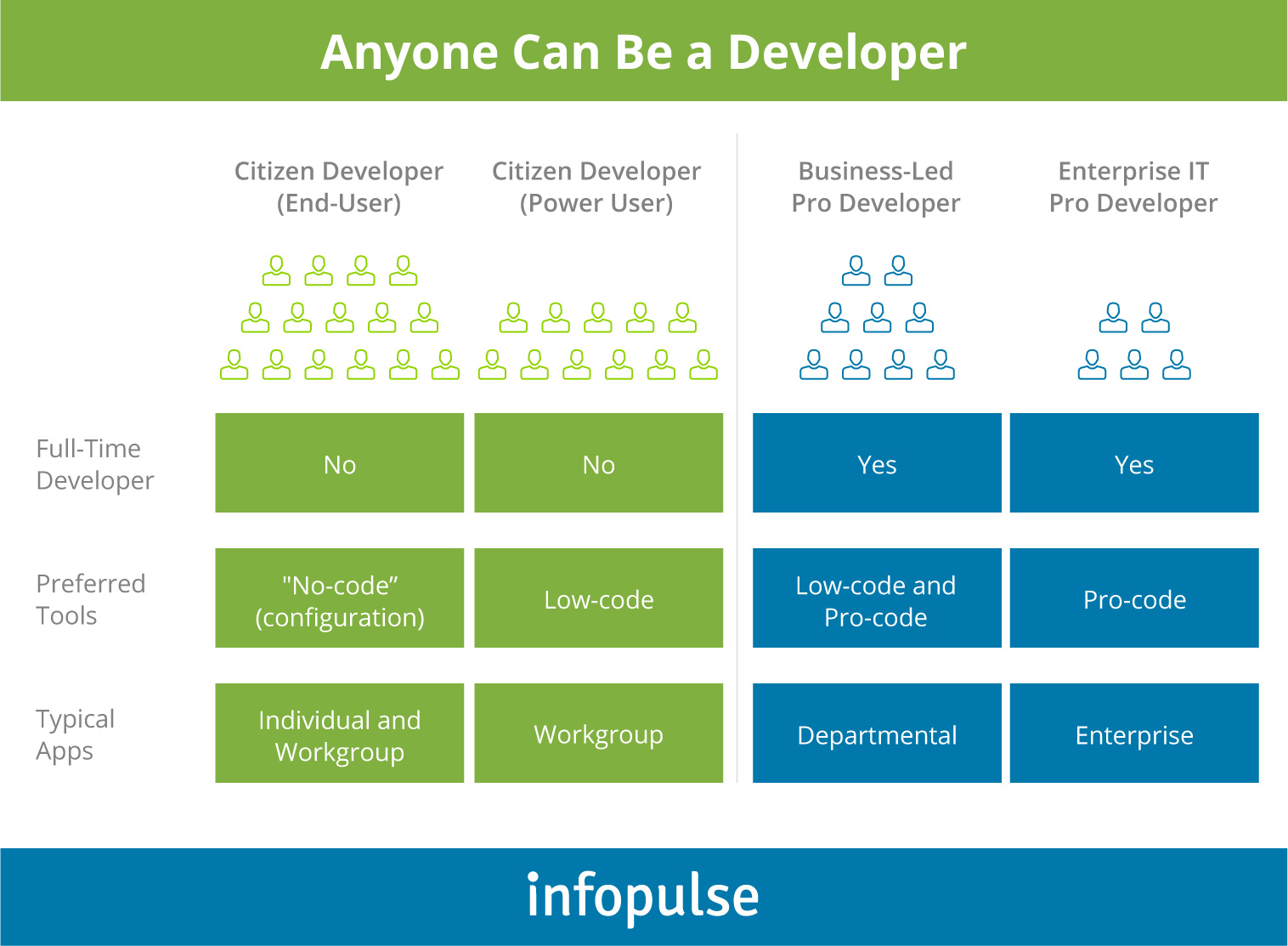Code test automation requires the use regarding automated scripts or perhaps programs to perform several testing activities about software applications. These kinds of automated tests happen to be written in server scripting or programming 'languages' and are created to verify the functionality, reliability, and gratification of the software. Test automation is usually a crucial element of the application development lifecycle, assisting to catch problems early, ensure steady testing, and help faster release series. Here are essential aspects related to code test motorisation:
Test Automation Frames:
Test automation frameworks provide a structured place of guidelines, regulations, and tools intended for writing and performing automated tests. Frequent frameworks include Selenium, Appium, JUnit, TestNG, and others.
Coding Languages:
Automated checks are written making use of programming languages for instance Java, Python, C#, JavaScript, or other folks, depending on typically the chosen testing platform and the technology stack of typically the application under evaluation.
Unit Testing:
Writing automated tests intended for individual units or components of the program to ensure of which they work as planned. Unit testing is usually often performed by simply developers as part of the code process.
Integration Screening:
Automating tests in order to verify the connection between different pieces or systems to assure they work jointly correctly.
End-to-End Testing:
Automated tests that simulate real consumer scenarios by communicating with the program through end to get rid of, covering multiple components and functionalities.
API Testing:
Automating tests for application programming barrière (APIs) to validate their functionality, files integrity, and conversation between different computer software components.
Performance Tests:
Automated tests developed to assess the particular software's responsiveness, scalability, and stability under different load situations. Tools like Indien JMeter or Gatling are commonly used with regard to performance testing.
Regression Testing:
Automating testing that ensure innovative code changes perform not adversely affect existing functionalities. This can help catch regressions presented by new advancements.
Continuous Integration (CI) and Continuous Application (CD):
Integrating automated tests into CI/CD pipelines to immediately run tests when there are computer code changes. This ensures early detection associated with defects and helps continuous delivery.
Data-Driven Testing:
Designing programmed tests to work with multiple pieces of input information, allowing for an extensive validation of typically the application's behavior below various conditions.
Parallel Testing:
Running multiple automated tests simultaneously to minimize overall assessment time. https://robonito.com/ will be important for preserving fast feedback spiral in agile enhancement environments.
Cross-Browser and even Cross-Platform Testing:

Robotizing tests to assure that the program gets results consistently across distinct web browsers and platforms.
Reporting plus Logging:
Generating thorough reports and logs that provide observations into test execution results, failures, in addition to performance metrics.
Signal Version Control:
Employing version control systems (e. g., Git) to manage becomes the automated check code and work together effectively with team members.
Effective test automation requires careful preparation, maintenance, and cooperation among team members. You have to strike a new balance between automated and manual assessment based on typically the project's requirements and goals. Automated assessment complements manual testing efforts, helping clubs deliver high-quality application with greater effectiveness.
